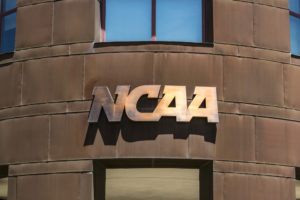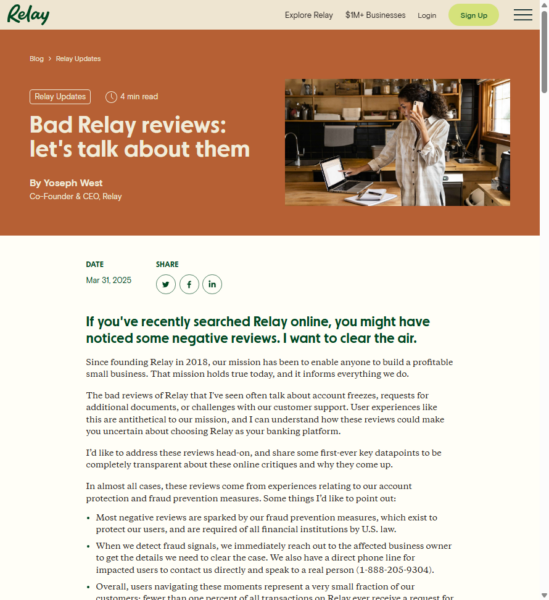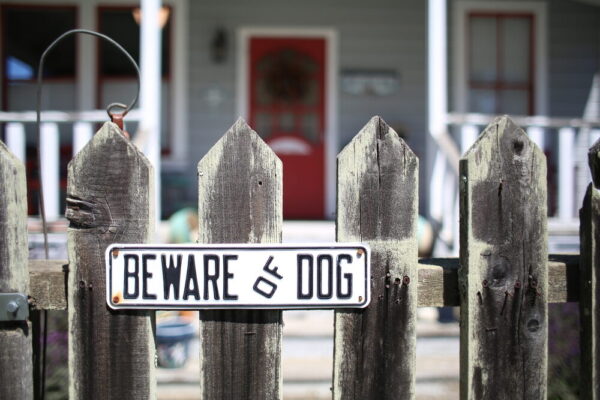Trinity ET-Plus Guardrail End Cap
More than 30 states have now banned the Trinity ET-Plus guardrail end cap over safety concerns after the company changed the design to remove 20% of the metal structure without telling government regulators or performing adequate safety testing. Studies have shown the Trinity ET-Plus guardrail is nearly 4 times more likely to be involved in a fatal crash than its predecessor design, the Trinity ET-2000.
Deleware is one of the more than 30 states that have banned installation of the ET-Plus. In an October 31 notice, Delaware told contractors, suppliers, and vendors that the ET-Plus end cap was banned from installation until further notice. Delaware’s ban will remain in effect until “comprehensive, independent safety testing” is conducted at the national level and has been evaluated by the Delaware Department of Transportation.
Highlighting the danger of such guardrails, Delaware’s ban appears to have not been enough for one resident. News outlets reported the death of a young woman early Sunday morning November 2, 2014 – just two days after Delaware’s ban. The woman, a passenger, was killed when the guardrail punctured the car and ejected her through the rear windshield. The driver, who was not struck by the guardrail, suffered only minor injuries.
The news report did not identify the particular guardrail involved in the crash. Delaware has begun a review its 2,101 guardrails to determine which ones include the Trinity ET-Plus. Said Transportation Secretary Shailen Bhatt, “It could be that 60 to 70 percent are by this manufacturer [Trinity].”
The Trinity ET-Plus guardrail head have distinct rectangular shape shown in the image above. The previous model, which study data shows performed more safely, has a distinct square shape as shown below:
Trinity ET-2000 End Terminal
What’s the Problem with Trinity ET-Plus Guardrails?
Guardrail designs have evolved over time. Originally, guardrail ends did not include any safety features. However, when a vehicle crashed into the end of the guardrail, the rail often pierced the vehicle, which led to severe injuries and deaths. Early designs then downturned the ends of the rails, but this led to vehicles being catapulted as they went over the guardrail and overturned. Energy-absorbing guardrail end terminals were implemented to remedy these problems and absorbed the impact from a vehicle by riding down the guardrail and pushing the rail away so that it did not pierce or overturn the vehicle.
Trinity submitted its design for the ET-Plus to the Federal Highway Administration (FHWA) for approval and certification in 1999. In 2005, Trinity secretly began to work on modifications to its ET-Plus, which reduced the width of the guide rail/feeder chute from 5-inches to 4-inches (a 20% reduction). Trinity made these design changes with no notice to the FHWA or any state governments that purchased the ET-Plus.
Jurors in a federal whistle-blower lawsuit found that Trinity deliberately withheld information from US highway officials and found that Trinity had defrauded the government of $175 million.
These critical changes interfered with the proper deformation of the guardrail. The end terminal is supposed to ride along the rail in a collision and turn the rail away from the vehicle as a flat ribbon. But the ET-Plus’s altered design causes the rail to fold back, turning the rail into a spear that will slice right through a car or truck.
The reason for Trinity’s design change: Money. Trinity estimated it would save about $2.00 per end terminal, resulting in $50,000 in savings per year.
A Deadly Defect
Trinity’s design change has proven deadly. A recent study by the University of Alabama-Birmingham in conjunction with The Safety Institute and the Missouri Highway and Transportation Commission found the ET-Plus performed more poorly than other guardrail end terminals. The UAB study looked at 8 years of data in Missouri and Ohio involving five different end terminal designs. The study concluded that the Trinity ET-Plus “placed motorists at a higher risk of both serious injury and death relative to its predecessor, the ET-2000.”
The ABC News program 20/20 recently featured the Trinity ET-Plus as part of an investigative report. Langdon & Emison founding partner, Kent Emison, was interviewed by Brian Ross as part of the report. The 20/20 report featured details about several people injured by Trinity ET-Plus guardrails, including our client, Brad Abeln, who was killed when an ET-Plus end terminal allowed the guardrail to slice through his vehicle like a spear.
Trinity Guardrail Lawsuits
There have been numerous lawsuits filed across the country against Trinity due to injuries and deaths involving the ET-Plus end terminal. Langdon & Emison represents a number of clients across the country in cases involving defective Trinity guardrails. As states continue to evaluate the guardrail’s performance and new information is learned about Trinity’s fraud, more lawsuits will follow.
Learn More:
- Trinity Guardrail Installation Now Banned in More Than 30 States [Danielle Ivory and Aaron M. Kessler at The New York Times]
- Delaware bans guardrail cap as safety risk [Melissa Nann Burke at delawareonline]
- Guardrail skewers car, killing Del. woman [Alex Wigglesworth at Philly.com]
- Emison Interviewed for 20/20 Investigation of Defective Trinity Guardrails
- Kent Emison Interviewed for 20/20 Investigation of Defective Guardrails
- Virginia Plans to Remove Guardrails Blamed for Injuries, Deaths [Cindy Galli, Brian Ross, and Lee Ferran at ABC News]
© Copyright 2014 Brett A. Emison

Brett Emison is currently a partner at Langdon & Emison, a firm dedicated to helping injured victims across the country from their primary office near Kansas City. Mainly focusing on catastrophic injury and death cases as well as complex mass tort and dangerous drug cases, Mr. Emison often deals with automotive defects, automobile crashes, railroad crossing accidents (train accidents), trucking accidents, dangerous and defective drugs, defective medical devices.










Comments for this article are closed.